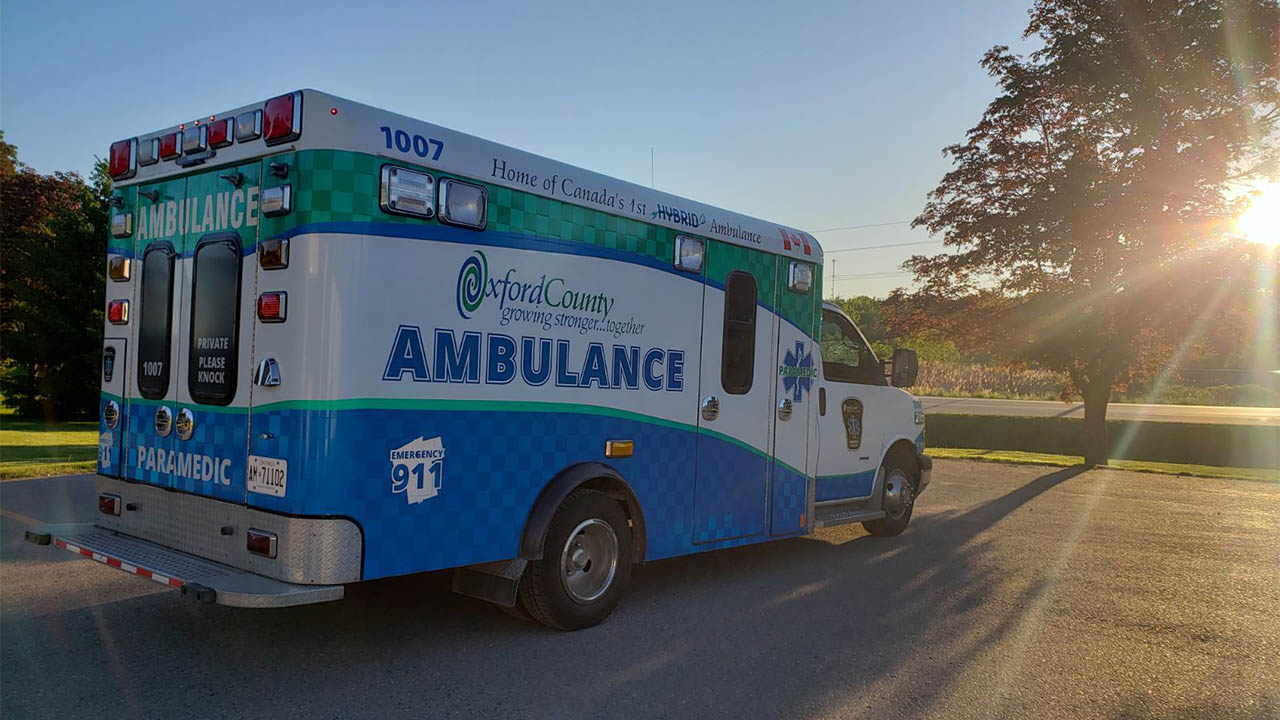Report shows calls to paramedics are increasing
 CREDIT: AINSLEY KRIENSELOKKER
CREDIT: AINSLEY KRIENSELOKKERA report showed a more than 40 per cent increase in emergency calls in the past three years, with another 10 per cent increase expected to come in the next year.
Paramedics and health officials are raising concerns after recent data collected by the Oxford County Paramedic Service shows that there has been a dramatic increase in emergency calls in the region in the last three years. The report showed a more than 40 per cent increase in emergency calls in the past three years, with another 10 per cent increase expected to come in the next year. The solution, however, might not be as simple as simply getting more ambulances on the road.
“That’s only a small part of the solution,” said Ryan Orton, Manager of Operations and Performance at Oxford County Paramedics. “The other part of the solution lies in upstream healthcare.”
He explained that putting more ambulances and paramedics on the road would improve the current slow response times but would do very little beyond that. Instead, “more ambulances and paramedics would be stuck lined up at the hospital, waiting to get in,” he said.
Paramedics are not the only healthcare workers experiencing a staffing issue. In fact, there is a national healthcare worker shortage. This includes nurses, doctors, personal support workers, and more. OurCare Initiative found that an estimated 22 per cent of Canadians (nearly 6.5 million people) don’t have a family doctor or nurse practitioner they regularly visit.
“And if they don’t have a doctor,” Orton said, “then they’re going to call a paramedic because they don’t know what else to do.”
On top of healthcare shortages, there is an increased population among the homeless, and those struggling with addiction and mental health issues.
“Where it used to be a once-in-while call, we now respond to them multiple times a day,” Orton said. “There is a standard procedure that when we get a call, we bring them to the hospital.”
Now, Orton explained, changes are being proposed that would allow individuals to access care from home, instead of needing to visit the hospital. This is where Oxford’s Remote Patient Monitoring Program comes in, which Orton called “a step in the right direction.”
The program has stated that there was a 69 per cent reduction in 911 calls and a 72 per cent reduction in emergency department visits in the six months after the program’s launch, compared to the six months before the program’s implementation.
















